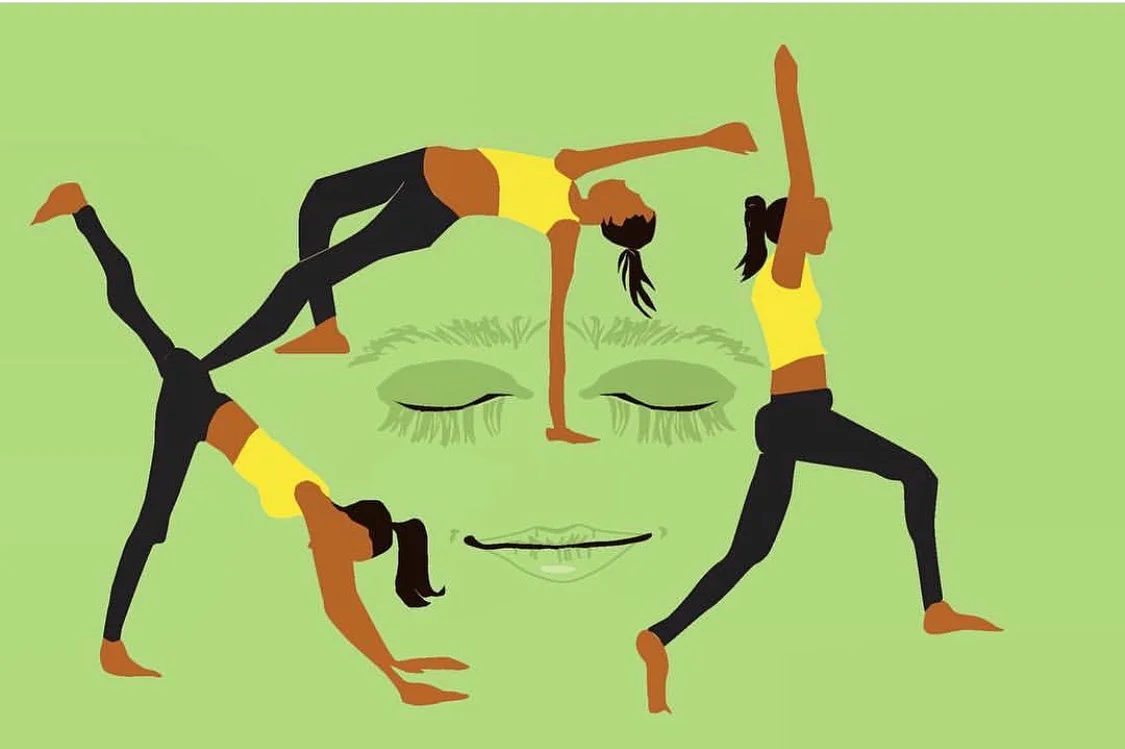How Yogic Breathing Can Teach You to Center Yourself When You’re Stressed
Meera Watts
Stress is something you can't completely remove from your life. You're bound to encounter it at work, school or even your home. Despite being almost inevitable, however, there are a lot of things you can do to lessen stress and its effects on your body. You can try soaking in a hot bath or getting a nice massage.
But you know what the most effective, safest, and cheapest way to relieve stress?
Breathing. Now, if you're wondering what that has to do with yoga and how it can work against your stress, read on.
Breathing and Yoga
Photo Source: Total Yoga
When you are in a yoga class, you're often told to breathe consciously. It enables you to connect with the subtle energy inside you. It helps you navigate through your different levels of consciousness, affect your physical, mental, and emotional state.
Engaging with your breath is one way for you to be more present. It helps you concentrate on each aspect of your breathing process and that's what enables you to let go of what's in your past and what you expect to have in the future.
Additionally, when you breathe consciously, you activate the parts of your brain that impact emotion. As a result, your feelings will be more relaxed and balanced.
On Changing Breathing Pattern
Photo Source: Joyday Movement
By altering the pattern of your breathing, you'll have this unique ability to create different states of mind.
For example, if you slow down your breathing, you activate the cerebral cortex which relays inhibitory impulses. These impulses overflow into an area known as the hypothalamus and relax the area. As your breathing slows down, you experience a soothing effect on your emotions.
Activating the Relaxation Response
Photo Source: Mad Men
Stress isn't just a threat to the body. It actually does a lot of things to your system.
Once you experience it, your heart rate increases, your blood pressure gets elevated, the flow of blood to your brain increases and your muscles begin to tense
While those reactions and processes are normal for coping to the stress, they can put your general health at risk if you fail to keep them under control.
Yogic breathing activates your body's relaxation response to address them. It causes:
Lower heart rate and blood pressure // Muscle relaxation // Slower and deeper breathing // Lower blood flow to the brain
In addition to those benefits, practicing yoga and yogic breathing can also increase your focus, energy, ability to fight diseases, relieve pain, and improve your problem-solving skills.
Training the Body's Response to Stressful Situations
Photo Source: The Real Housewives of Atlanta
Yogic breathing can induce a state of relaxation. It can reduce the stress signals to temporarily slow down or prevent the impending stress response.
Now, how do you train your body for that? First, you must understand that a breath is divided into 3 parts- chest, middle abdomen, and lower abdomen.
When you inhale, you must first fill up your lower abdomen with air. Then, fill your middle abdomen and the chest. When exhaling, remove the air from the chest first. Then, your middle and lower abdomen.
If you do it correctly, you won't find the need to push your abdomen out when inhaling and exhaling. The process should be effortless.
Don't be in a hurry to master the process. Take your time and understand that the best way for you to breathe properly is to work on building up little by little. With time, your lung capacity will start to expand and as a result, your brain will be more balanced, calmer, and more able to concentrate and make really important decisions.




